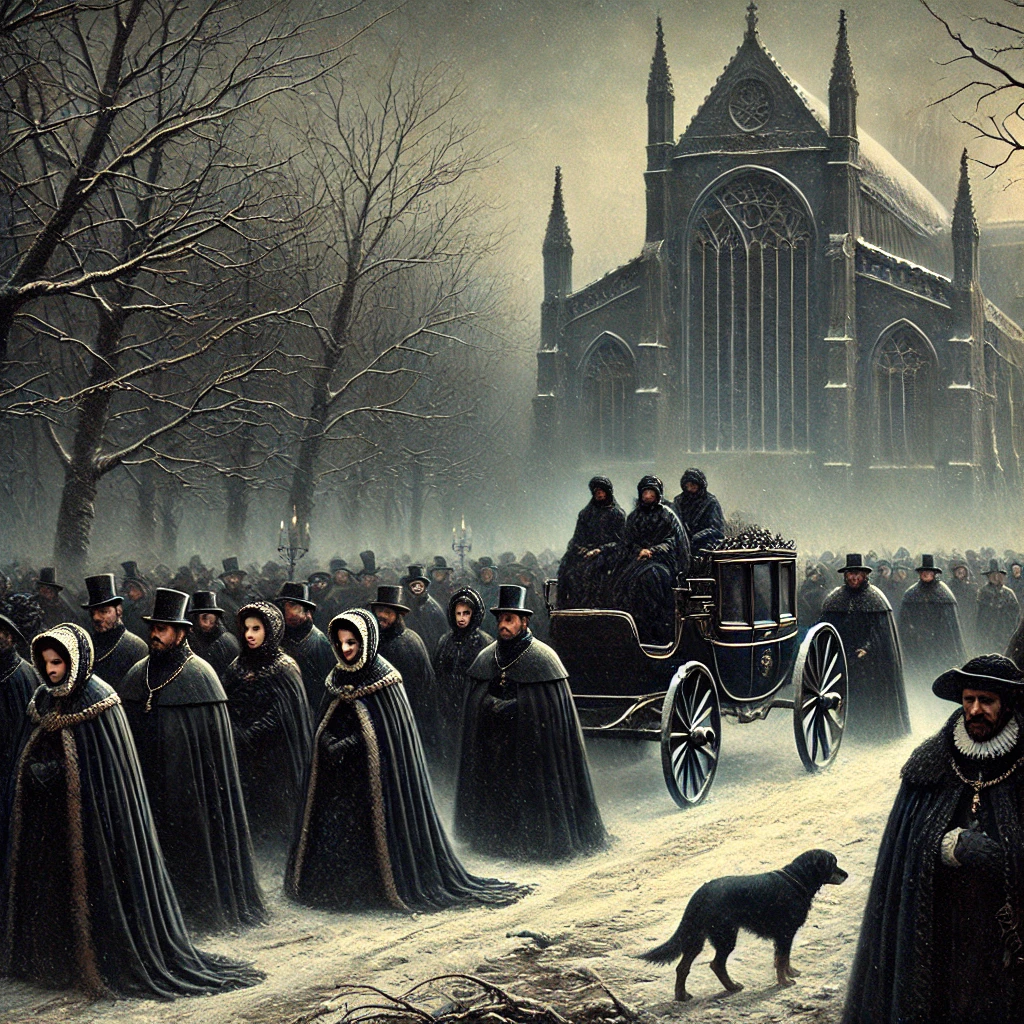On December 28th, 1694, Queen Mary II of England, who had jointly ruled with her husband William III, passed away. Her death marked the end of a reign that was pivotal in shaping England’s political landscape. Queen Mary II’s rule, though brief, was a cornerstone of constitutional change, religious transformation, and the establishment of a monarchy that would adhere to parliamentary authority.

A New Era: The Glorious Revolution
Queen Mary II ascended to the throne alongside her husband, William III of Orange, following the Glorious Revolution of 1688. This seismic event saw the ousting of Mary’s father, King James II, in response to his unpopular Catholic sympathies and autocratic tendencies. The revolution was not just a transfer of power but a definitive shift toward constitutional monarchy, ensuring that the king or queen could not rule without Parliament’s consent.
Mary II played a critical role in stabilizing England during this turbulent period. Her support for her husband and her firm Protestant faith reassured the public and helped secure the monarchy’s legitimacy. Their joint rule demonstrated a unique partnership, setting a precedent for cooperative governance that would influence the future of British politics.

A Devout Queen and Her Challenges
Mary’s reign was characterized by her devout Protestantism, which resonated deeply in a country still grappling with religious tensions. As queen, she worked diligently to strengthen the Church of England and uphold Protestant values, a mission that aligned with the desires of many of her subjects. Her personal piety and charitable endeavors earned her respect among the populace, particularly during difficult times.
Despite her successes, Mary faced personal and political challenges. She was often seen as overshadowed by her husband, William III, who was the more dominant figure in their co-monarchy. Nonetheless, her leadership during William’s absences—when he was away leading military campaigns—proved her competence and determination to uphold the crown’s authority.
Legacy and Lasting Impact

Queen Mary II’s untimely death at the age of 32, caused by smallpox, was a tremendous loss to the nation. Her passing left William III to rule alone, and the event underscored the fragility of life and power in the 17th century. Yet her influence lived on. The constitutional changes of her era laid the groundwork for modern parliamentary democracy, transforming the monarchy from an absolute power into a system accountable to the people and their representatives.
Furthermore, the Glorious Revolution and Mary II’s reign cemented Protestant dominance in England, a religious and political legacy that would shape the nation’s future for centuries. Her steadfast commitment to her faith and her role as a stabilizing figure during one of England’s most pivotal moments solidified her place in history.
Today, Queen Mary II is remembered not just as a queen, but as a symbol of constitutional progress, resilience, and reform. Her reign serves as a reminder of the critical balance of power between the monarchy and Parliament—a balance that continues to define British governance to this day.
